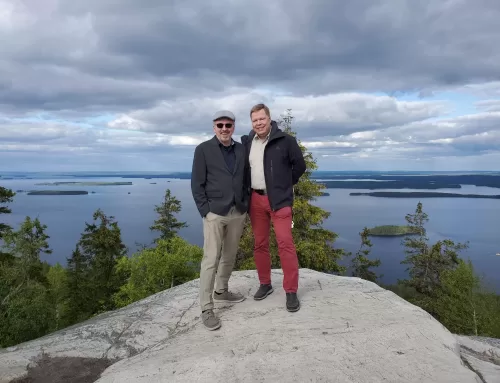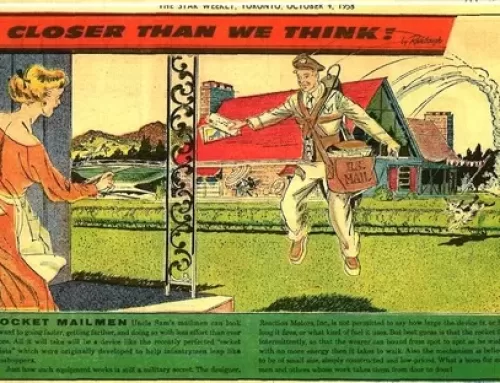I am a flatlander. I grew up at sea level, and as much as I love hiking and mountains, even when I was younger I would find myself embarrassed while huffing and puffing my way to Angel’s Landing, only to have a group of elderly white Winnebago Warriors swan past me like it was nothing.
RVs and RV culture were once almost the sole purview of these intrepid pensioners. When your grandparents retired they traded in their suburban ranch home for something called a Blue Sky Nomad and travelled the country with the goal of humiliating young women in parks. Many worked seasonal jobs as they schlepped the Grand Staircase or Virginia’s Old Rag Mountain.
as they schlepped the Grand Staircase or Virginia’s Old Rag Mountain.
If you were under fifty and did the same thing, you weren’t considered hip: you were homeless.
The septuagenarians aren’t gone, but RV culture is widening to include people of all ages and colors. So much, in fact, Merriam-Webster added glamping to its dictionary this year. Thanks to Instagram and Pinterest, there is a romantic renaissance surrounding the entire process of RVing, from fixing up your Montana Heritage Scout, to vlogging about your drive and carefully curating photos of your rugged destination. If it’s a famous view, people want a selfie to prove they’ve been there. Immigrant people of color want to taste the American Dream™ by seeing the whole country, from the north rim of the Grand Canyon to the largest ball of twine.
RV sales are up, and the fastest growing demographic is people in their 30s and 40s. Sales of traditional RVs are not as popular with 20 somethings: instead, they are purchasing panel vans and trailers and converting them into custom Coachella-flavored caravans. The tiny home movement has also fed into this culture. Many tiny homes are built on a trailer, so for under $25,000 a person can be completely mortgage-free with low upkeep and extreme mobility. This is very appealing to recent graduates under a mountain of student debt.
More than 43% of Americans do at least some work remotely, and the gig economy is growing. Mobility and agility are not only possible, in many cases they are necessary to a career. The ability to take a home where you need and where you want is a huge draw. Advances in flexible solar panels and batteries will make the RVs of tomorrow cheap and efficient, and once driverless vehicles reach ubiquity, it could be possible for your house to drive you cross-country while you watch TV or attend a remote meeting. National parks, forests, and Army Corp of Engineers’ campgrounds will have to cultivate a new set of services, namely powerful Wi-Fi, to meet migrant telecommuter needs.
I’m graduating this spring and I’m also selling my home in Houston. When everything is finalized I’m buying a thrifty little vintage house in Detroit, and I’m using what’s left over to buy a Mystic Mountain Avenger. I figure the Hiawatha National Forest is a good place to finish my Great American Novel™. – Rachel Young

